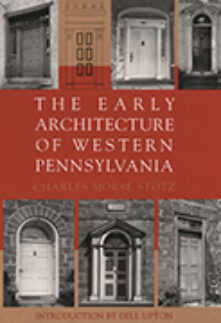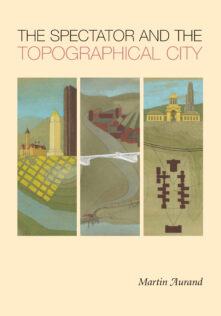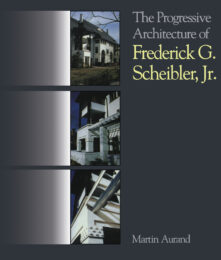Books
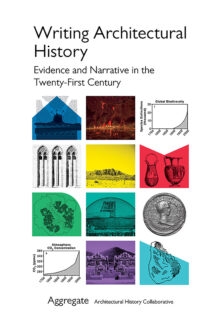
Writing Architectural History
Evidence and Narrative in the Twenty-First Century
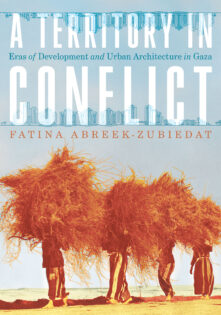
A Territory in Conflict
Eras of Development and Urban Architecture in Gaza
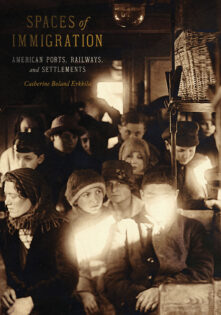
Spaces of Immigration
American Ports, Railways, and Settlements
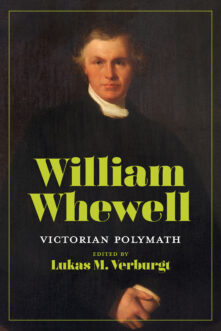
William Whewell
Victorian Polymath
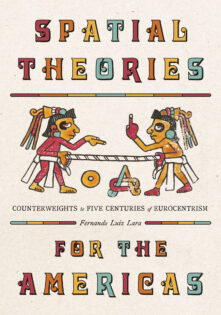
Spatial Theories for the Americas
Counterweights to Five Centuries of Eurocentrism
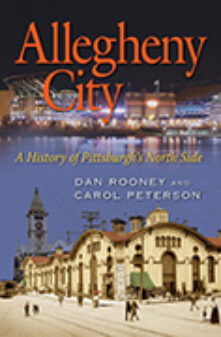
Allegheny City
A History of Pittsburgh's North Side
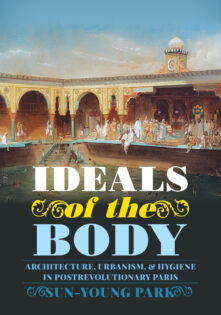
Ideals of the Body
Architecture, Urbanism, and Hygiene in Postrevolutionary Paris
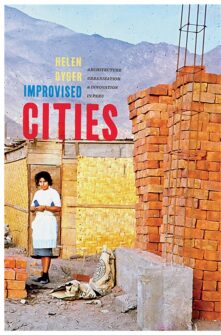
Improvised Cities
Architecture, Urbanization, and Innovation in Peru
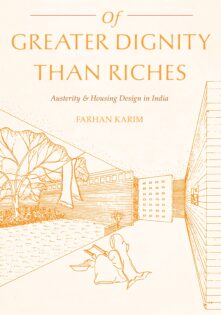
Of Greater Dignity than Riches
Austerity and Housing Design in India
Total 12 results found.


